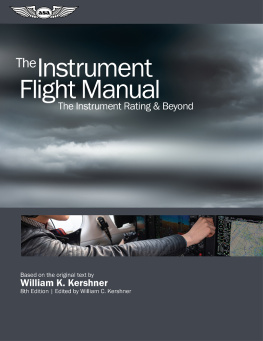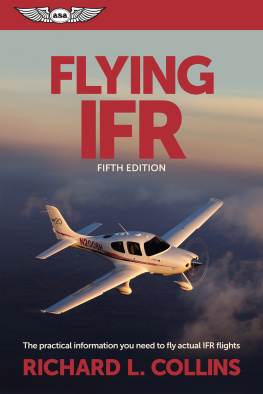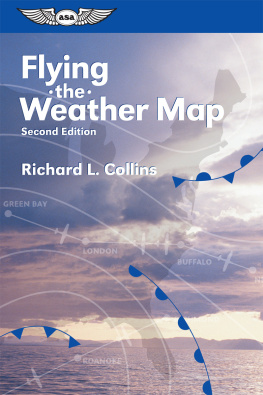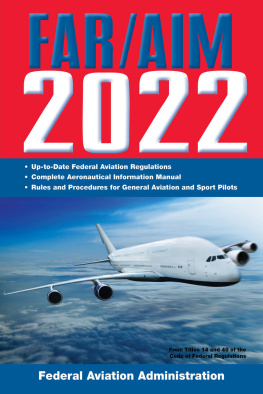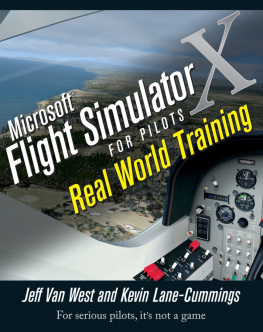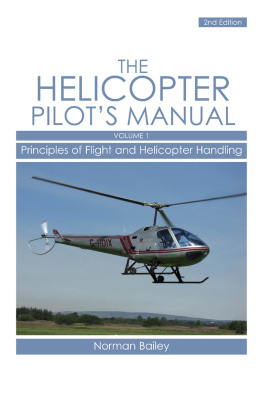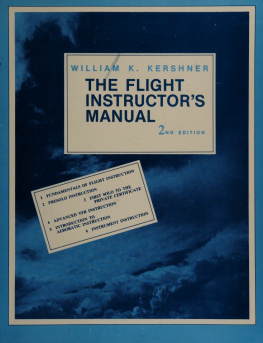Kershner William K. - The Instrument Flight Manual
Here you can read online Kershner William K. - The Instrument Flight Manual full text of the book (entire story) in english for free. Download pdf and epub, get meaning, cover and reviews about this ebook. year: 2019, publisher: Aviation Supplies & Academics, Inc., genre: Home and family. Description of the work, (preface) as well as reviews are available. Best literature library LitArk.com created for fans of good reading and offers a wide selection of genres:
Romance novel
Science fiction
Adventure
Detective
Science
History
Home and family
Prose
Art
Politics
Computer
Non-fiction
Religion
Business
Children
Humor
Choose a favorite category and find really read worthwhile books. Enjoy immersion in the world of imagination, feel the emotions of the characters or learn something new for yourself, make an fascinating discovery.
- Book:The Instrument Flight Manual
- Author:
- Publisher:Aviation Supplies & Academics, Inc.
- Genre:
- Year:2019
- Rating:3 / 5
- Favourites:Add to favourites
- Your mark:
- 60
- 1
- 2
- 3
- 4
- 5
The Instrument Flight Manual: summary, description and annotation
We offer to read an annotation, description, summary or preface (depends on what the author of the book "The Instrument Flight Manual" wrote himself). If you haven't found the necessary information about the book — write in the comments, we will try to find it.
The Instrument Flight Manual — read online for free the complete book (whole text) full work
Below is the text of the book, divided by pages. System saving the place of the last page read, allows you to conveniently read the book "The Instrument Flight Manual" online for free, without having to search again every time where you left off. Put a bookmark, and you can go to the page where you finished reading at any time.
Font size:
Interval:
Bookmark:


William K. Kershner began flying in 1945 at the age of fifteen, washing and propping airplanes to earn flying time. By this method he obtained the private, then the commercial and flight instructor certificates, becoming a flight instructor at nineteen. He spent four years as a naval aviator, most of the time as a pilot in a night fighter squadron, both shore and carrier based. He flew nearly three years as a corporation pilot and for four years worked for Piper Aircraft Corporation, demonstrating airplanes to the military, doing experimental flight-testing, and acting as special assistant to William T. Piper, Sr., president of the company. Bill Kershner held a degree in technical journalism from Iowa State University. While at the university he took courses in aerodynamics, performance, and stability and control. He held the airline transport pilot, commercial, and flight and ground instructor certificates and flew airplanes ranging from 40-hp Cubs to jet fighters. He is the author (and illustrator) of The Student Pilots Flight Manual, The Instrument Flight Manual, The Advanced Pilots Flight Manual, The Flight Instructors Manual, and The Basic Aerobatic Manual . Kershner operated an aerobatics school in Sewanee, Tennessee using a Cessna 152 Aerobat. He received the General Aviation Flight Instructor of the Year Award, 1992, at the state, regional and national levels. The Ninety-Nines awarded him the 1994 Award of Merit. In 1998 he was inducted into the Flight Instructor Hall of Fame, in 2002 was installed in the Tennessee Aviation Hall of Fame, and in 2007 was inducted into the International Aerobatic Club Hall of Fame. William K. Kershner died January 8th, 2007.
Editor William C. Kershner received his early flight training from his father, William K. Kershner. He holds Commercial, Flight Instructor and Airline Transport Pilot certificates and has flown 22 types of airplanes, ranging in size from Cessna 150s to Boeing 777s, in his 15,000+ flight hours. He retired from commercial aviation as a 737 check airman and lives near Sewanee, Tennessee, with his wife and younger son.
The Instrument Flight Manual: The Instrument Rating & Beyond
Eighth Edition
William K. Kershner
Illustrated by the Author
20062019 Kershner Flight Manuals, LLC. Previous editions 19982002 William K. Kershner;
19671977, Iowa State University Press. First Edition published 1967, Iowa State University Press.
Eighth Edition published 2019 by Aviation Supplies & Academics, Inc.
All rights reserved. No part of this book may be reproduced in any form or by any electronic or mechanical means, including information storage and retrieval systems, without permission in writing from the publisher, except for brief passages quoted in a review.
Aviation Supplies & Academics, Inc.
7005 132nd Place SE
Newcastle, WA 98059-3153
asa@asa2fly.com | asa2fly.com
Cover photos: Front inset: Shutterstock RGtimeline and Nadezda Murmakova.
Front and back: iStock zxeynosure and sambrogio
Inside illustrations for Eighth Edition: Chapter 2, courtesy Castleberry Instruments and Avionics and Dynon Avionics. (Past edition photo credits and acknowledgments listed in the Prefaces and Acknowledgments from Previous Editions near the end of this eBook.)
ASA-FM-INST-8-EB
eBook ISBN978-1-61954-867-1
Softcover ISBN978-1-61954-866-4
Dedication for the Seventh and Eighth Editions
To Donna

Dedication for the First through Sixth Editions
To the memory of William Thomas Piper, Sr.
I still remember the courtesy Mr. Piper showed a 7-year-old boy with a kids idea for a modification to
the Aztec. He took the time from his schedule as president of Piper Aircraft to write me a letter.
Preface and Acknowledgments for the Eighth Edition
My thanks to Laura Fisher, Alex Lorden, and Jackie Spanitz of ASA for their help and input on this eighth edition of The Instrument Flight Manual . Thanks also to Donna Webster, designated pilot examiner from Bakersfield, California, who gave me help by explaining the Instrument RatingAirplane Airman Certification Standards and supplied examples of how she runs an instrument practical test.
The prefaces and acknowledgments for the earlier editions are found at the back of the book.
Even though avionics and weather forecasting advancements are making life much easier and safer for the instrument pilot, the majority of the threats are still there. Just as its important to continually scan the instruments, its critical to scan ahead, both geographically and temporally for threats.
Aviate, then Navigate, then Communicate.
William C. Kershner
Sewanee, Tennessee
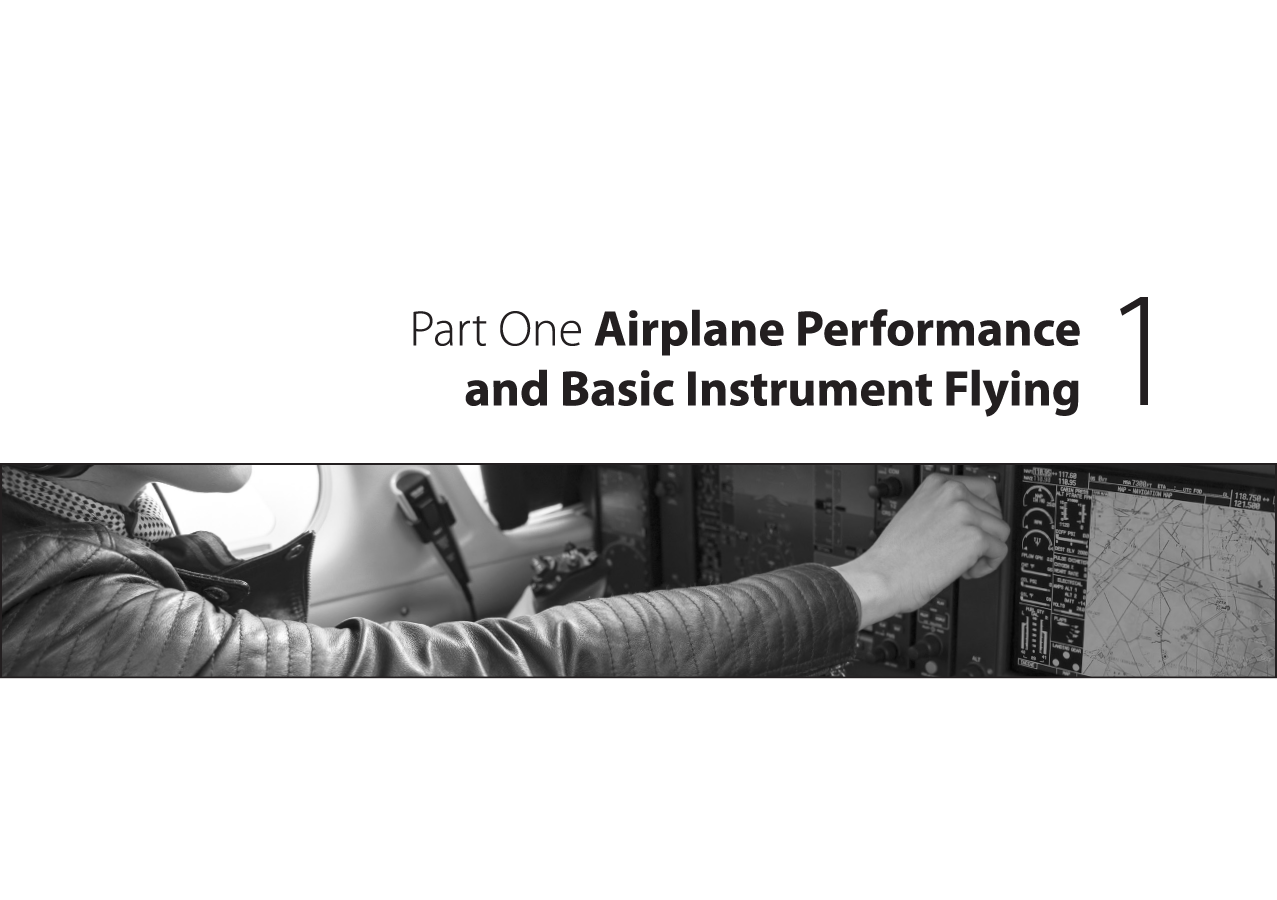
The Instrument Rating
For a long time now, youve sat on the ground and watched other pilots take off into weather that kept you haunting the airport office at Podunk Greater International Airport or other such well-known places. You squeaked in by the skin of your teeth (the airport went well below VFR minimums shortly after you got in and has been that way for days), and the bitter part is that the tops are running only 3,000 or 4,000 feet. Its CAVU (Ceiling And Visibility Unlimited) above, and the weather at your destination is very fine VFR and there you sit. That pilot over there on the computer is filing IFR and is going and doesnt appear to have any more on the ball than you have. After a few occasions of this nature, youve decided to get that instrument rating. Or maybe your decision came about because one time you were a gray-faced, pinheaded holeseeker (Figure 1-1). Looking back at it, youll have to confess that you were pinheaded to get in such a predicament, and while you couldnt see your face, it sure felt gray from your side of it. If that hole hadnt showed up when it did, well, that could have put you between a rock and a hard place.

Figure 1-1. The gray-faced pinheaded holeseeker has an exciting but often brief career.
The instrument-rated pilot is still held in some awe by the nonrated people at the airport. The pilots with this rating dont always try to dispel the awe, but thats only human. Generally speaking, the two extreme schools of thought by those considering the instrument rating are: (1) It is a license to fly anywhere, anytime, and weather will no longer be an important consideration; or (2) it will be used only as an emergency method of getting down and may never be needed.
If you belong to the first group, give up any idea of getting an instrument rating. Youll be a menace to the rest of us clear thinkers and very likely have an exciting but extremely brief career. And you might take someone else with you.
If you are in group 2, you could be wasting your time and money by getting an instrument rating for use only in an emergency you may never use it. However, it is good training and would help the other areas of your flying, even if you never actually use the rating.
Of course, you dont fall into either of the extremes. You know that there will be times after getting the rating that youll still be sitting on the ground because of the weather. But you will be able to get out more often than is the case now.
Next pageFont size:
Interval:
Bookmark:
Similar books «The Instrument Flight Manual»
Look at similar books to The Instrument Flight Manual. We have selected literature similar in name and meaning in the hope of providing readers with more options to find new, interesting, not yet read works.
Discussion, reviews of the book The Instrument Flight Manual and just readers' own opinions. Leave your comments, write what you think about the work, its meaning or the main characters. Specify what exactly you liked and what you didn't like, and why you think so.

